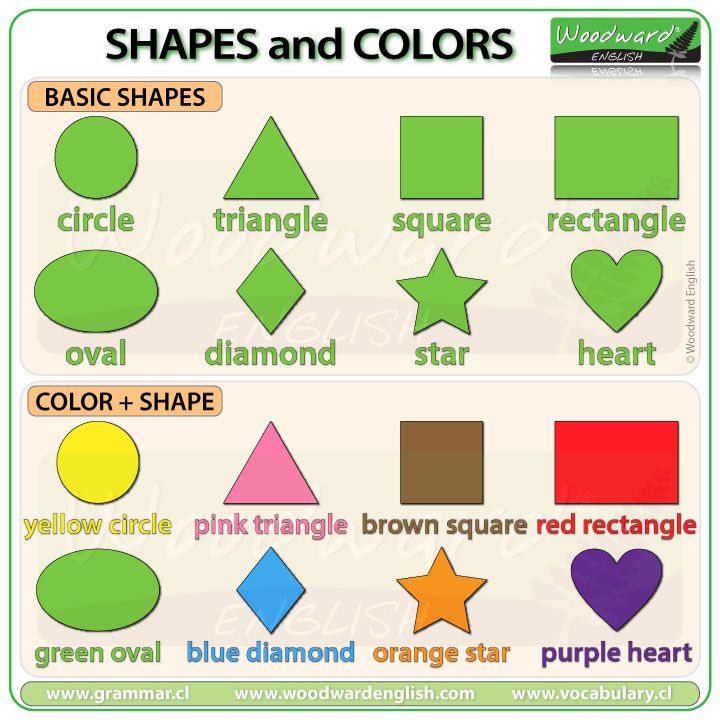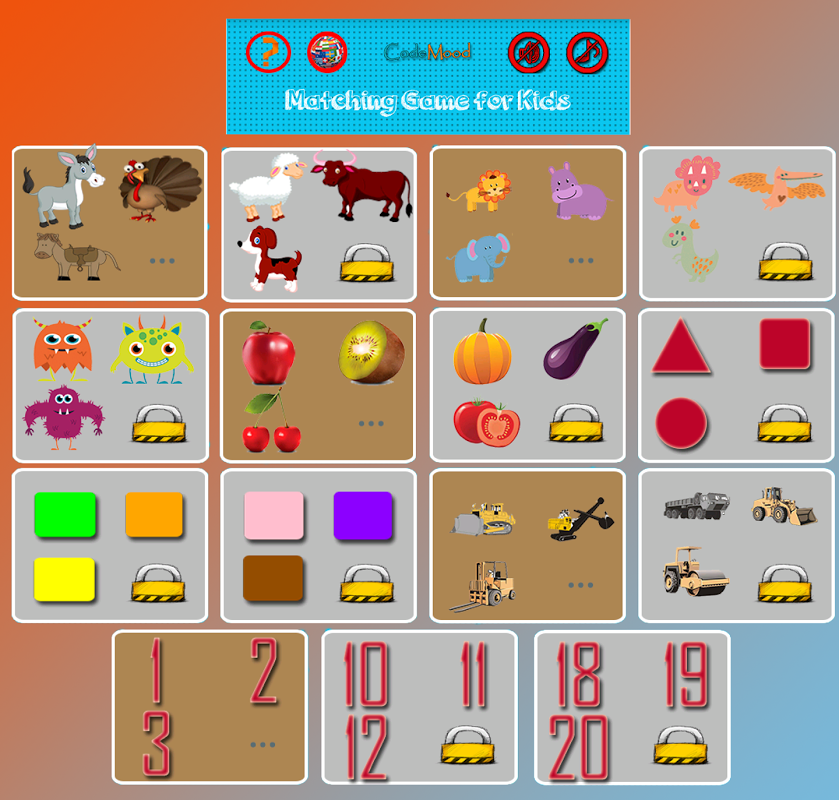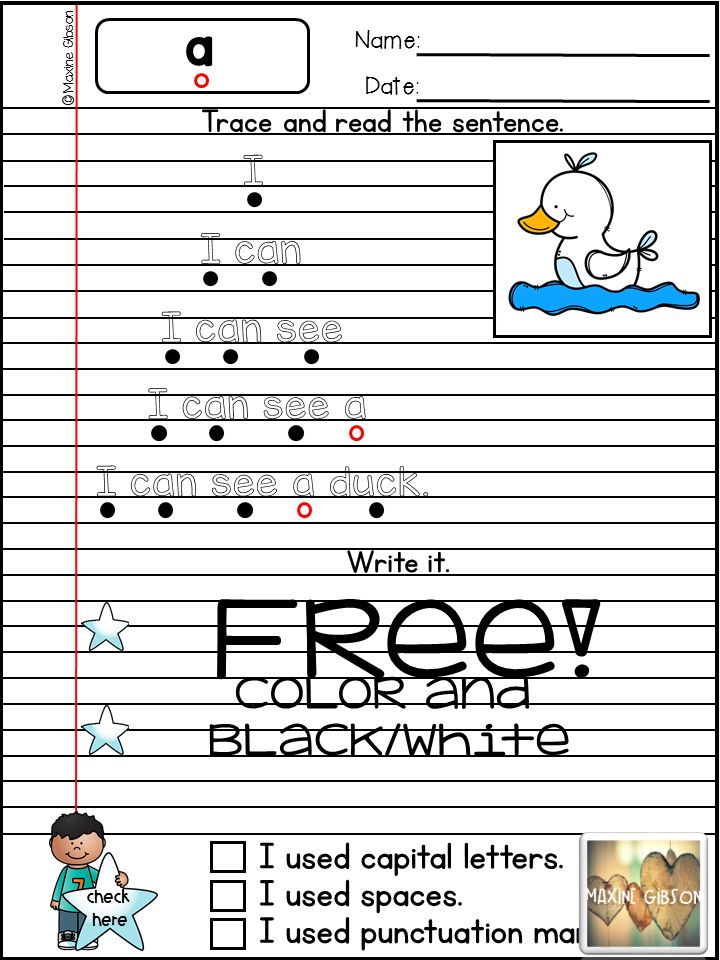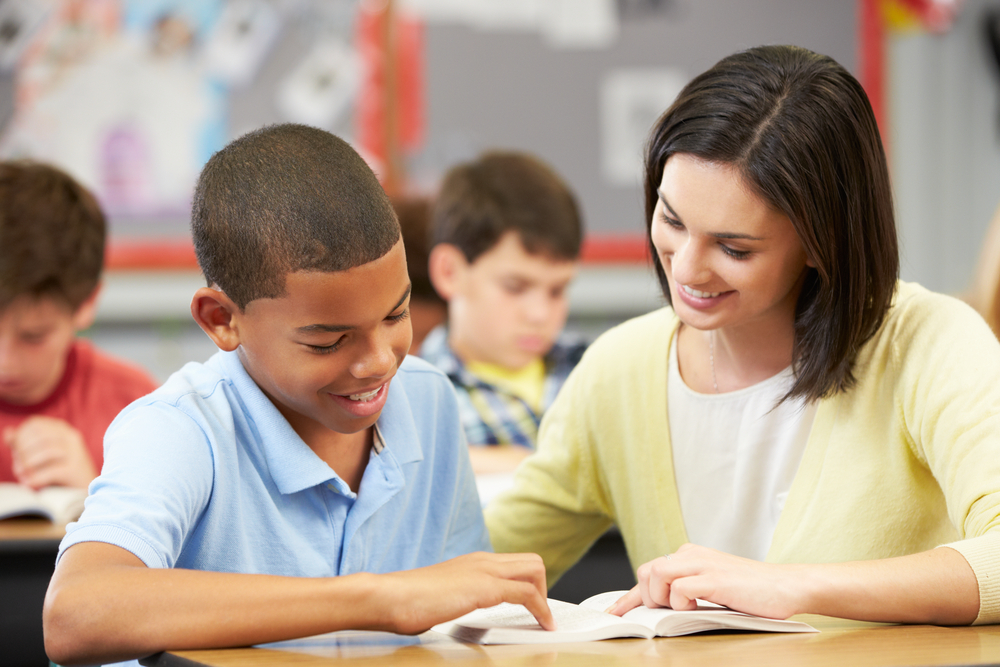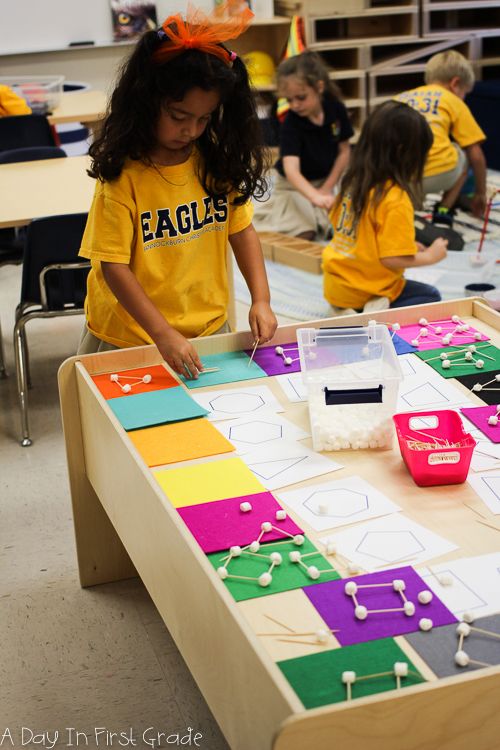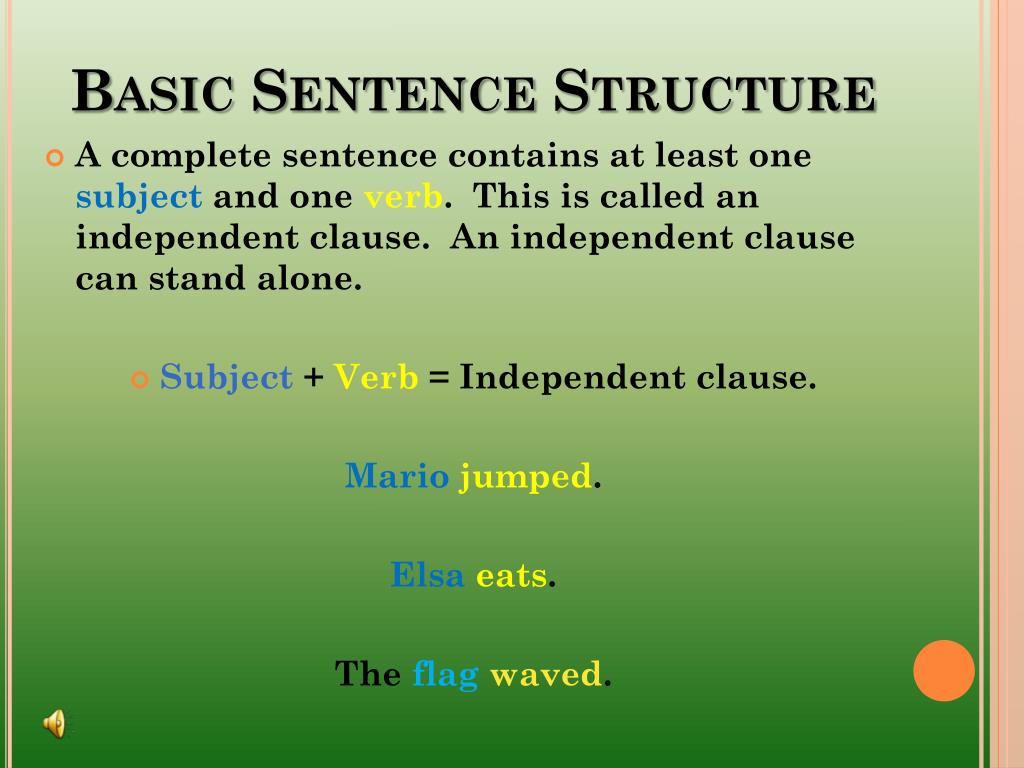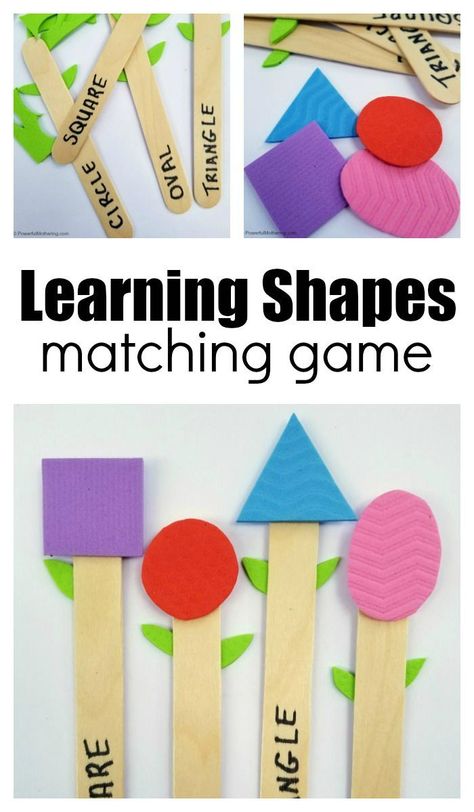Basic colors for toddlers
How To Help Your Young Child Learn Colors
What are some fun ways to teach colors for kids? If this is a question you’ve been asking yourself, you’ve come to the right place.
As a toddler or preschooler, your child has definitely noticed all the different hues in the world around them, but now it’s time to help them make sense of it all.
Fortunately, teaching your child colors doesn’t have to be an overwhelming task. As you will see below, this can be a fun and engaging learning experience for both you and your child.
With a bit of planning and creativity, your young learner will soon know all the colors of the rainbow and so much more!
Table of Contents
- Why Is Learning Colors For Kids Important?
- Tips To Keep In Mind
- 10 Simple Activities To Teach Colors For Kids
- Make Every Day A Colorful Day
Why Is Learning Colors For Kids Important?
Our world is made up of different shapes and colors. Cars, houses, flowers, trees, buses, fruits, tall city buildings…everything has its own unique visual characteristics.
Before they were even a year old, your child noticed these things, too, but of course, none of it made sense. Now that they are older, it’s time to start piecing together all the information from their environment.
Teaching your child colors will help them make sense of the world around them. But did you know that understanding colors can also impact language skills and overall learning?
It’s true! As your child begins to understand that words represent objects, they’ll also realize that some words can describe certain features of those objects.
For example, blue can describe the sky, a blueberry, and a blue crayon. As your child starts to use color words to describe the things around them, they are also building their vocabulary and becoming better communicators.
But language isn’t the only academic skill built through lessons on colors for kids. Perhaps the most surprising of all is how learning colors can help introduce children to basic math skills. How?
Remember that every time you introduce your young learner to a new color, their brain actively works to process the information.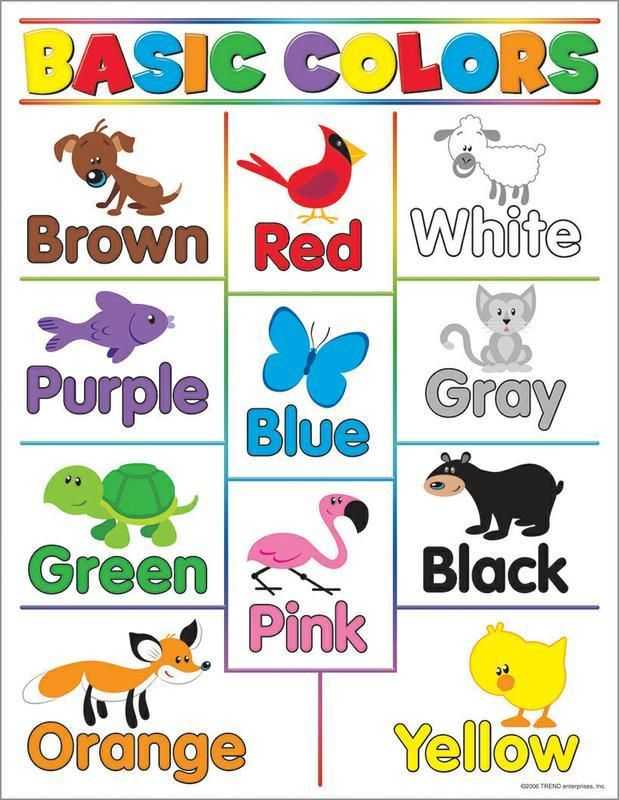 A lot of organizing, categorizing, and comparison takes place when sorting different colors and shapes.
A lot of organizing, categorizing, and comparison takes place when sorting different colors and shapes.
Examining something and identifying attributes, such as color, is an essential skill for math. So, in the future, when they’re trying to tell if a shape is an octagon or a hexagon, they’ll use the same visual discrimination skills they learned when learning colors.
(Note: If your child seems to have trouble distinguishing colors, they may be color blind. Contrary to popular belief, that doesn’t necessarily mean they don’t see colors at all, but it can make school more difficult for them down the road [i.e., reading off a chalkboard].
If you suspect your child may be color blind, ask your child’s pediatrician or eye doctor about getting them tested.)
Now that you’re clear on all the incredible benefits of teaching colors for kids, you probably want to start helping your child master them!
Before we get started on that, here are some basic tips to keep in mind when practicing colors with your child.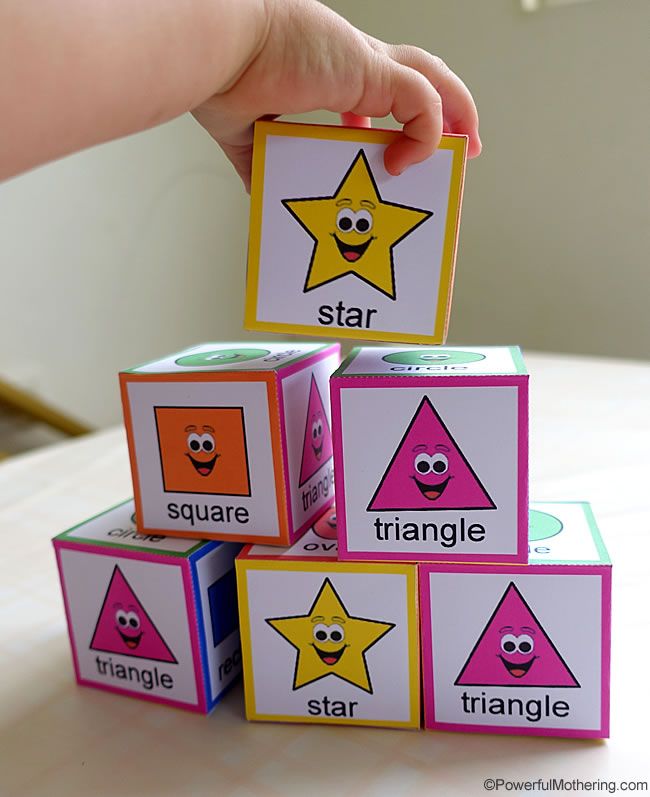
Tips To Keep In Mind
It can be challenging to teach colors to a toddler simply because there are so many contrasting colors constantly around us.
Adding to that challenge is the fact that many different shades of one color exist. For example, there are several reds (think: maroon, crimson, scarlet, etc.), but they are all called “red.” This can be tricky for children learning colors.
Have no fear! We’re here to help. The following are some basic tips to keep in mind as you help your young learner understand colors.
1) Start With The Basics
Think about how we can quickly calculate our change after buying something at a store or spell a new word correctly after hearing it for the first time. This is possible because we understand the basics of math and the English language.
The same approach needs to be applied when teaching colors for kids. It’s best to start with the primary colors (red, blue, and yellow), and once your child gets comfortable with these, move on to other hues.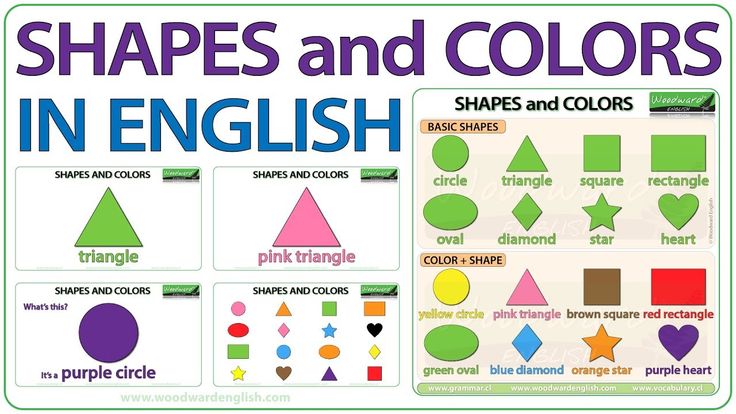
If you’re still in the primary colors stage, what simple efforts can you take to help emphasize these colors in your everyday life?
Here are a few examples:
- When you’re having dinner — “Do you want to use this blue plate?”
- When you’re taking the dog for a walk — “Look at that yellow car.”
- When it’s time to play — Hand them only red, blue, and yellow objects. If they have building blocks, ask them to sort only the red, blue, and yellow blocks.
Once your child is familiar with their primary colors, you can move on to other basic colors, such as green, orange, purple, black, white, brown, and gray.
A great way to help children learn about colors is by interacting with them. We love this sensory game that lets kids practice naming colors and discover what happens when you combine them.
2) Choose Contrasting Colors For Kids
As we mentioned earlier, there are so many different colors in this world that sometimes children can find it challenging to tell them apart.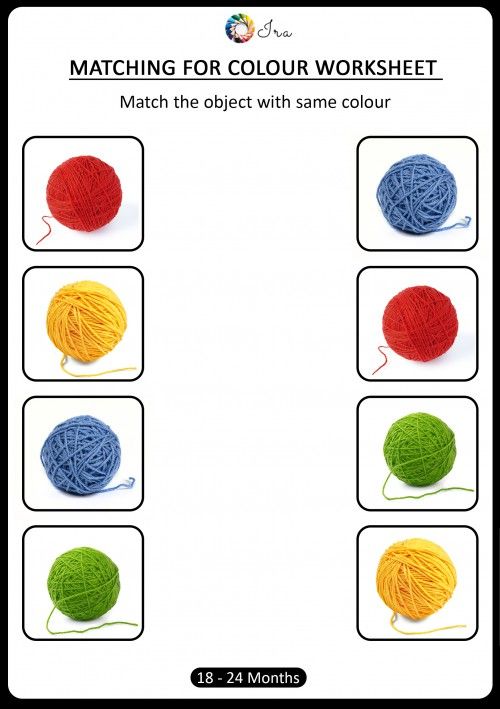 It’s even more difficult when the colors are similar (e.g., red, maroon, orange, etc.).
It’s even more difficult when the colors are similar (e.g., red, maroon, orange, etc.).
For this reason, it’s best to first focus on the hues that are clearly distinguishable before introducing similar colors.
3) Help Them See Color Categories
Once you’re confident that your child knows their basic colors, you can start introducing similar colors (olive green, forest green, etc.). Most of these can be found in the world around you.
As explained, similar shades can be challenging to learn, so in the beginning, the focus shouldn’t be on having them learn all the different terms but, rather, exposing them to the idea of categories.
To help your child recognize the differences between shades, point out an object and name its color. Then, ask them to find other things that are the same color. For example, you could say, “This is a blue sock. Can you find me anything else that’s blue?”
When they find another blue object, talk about what you notice. For example, is the blue the same on both things, or are there differences? Is one lighter or darker than the other? Do either look like a brighter blue?
These simple conversations can help your child as they begin expanding their definition of the color blue.
4) Point Out The Connection Between Colors And Feelings
In English, colors aren’t only used to describe how something looks. We also use color terms to express our emotions.
For example, when we say somebody is “feeling blue,” they’re sad. Similarly, if someone is “seeing red,” they’re angry.
While you don’t need to detail the emotions associated with each color at this age, you can make your child aware that feelings and colors are connected.
They can start to use colors to express themselves, a skill that helps them better understand their emotions. This ability is one of the social-emotional topics your child can practice with the Learn with Sesame Street app, powered by HOMER.
10 Simple Activities To Teach Colors For Kids
Learning about colors can be a wonderful part of playtime with your child. To help your child practice their colors, use these engaging activities.
1) Colorful Necklace
Children are often curious and enjoy exploring different colors and materials. This means that when teaching them about colors, the more engaging the activity the better — like using colorful beads to create necklaces.
This means that when teaching them about colors, the more engaging the activity the better — like using colorful beads to create necklaces.
What You’ll Need:
- Colorful beads (in primary colors)
- Yarn or necklace string
What To Do:
After teaching your child the primary colors, try creating a red, blue, and yellow necklace. Tie a knot on one end of the string. Then, show your child how to string beads onto it.
This necklace can be in a pattern or not. It’s really up to you!
When creating the necklace, remember to name the colors you use and encourage your young learner to repeat them.
Note: While working with small items, it’s essential to use safe and non-toxic materials and keep an eye on your young child at all times.
2) Finger Painting
Engaging your child’s senses is one of the most effective ways to help them learn new concepts. That’s what makes finger painting so great for teaching colors!
What You’ll Need:
- Finger paint (in primary colors)
- Finger paint paper
- Newspaper
What To Do
Put a few pieces of newspaper on your table to protect it from spills. Then, place your child’s finger painting paper on top.
Then, place your child’s finger painting paper on top.
Let them go to town using their fingers to create beautiful, colorful pictures. You can use the three primary colors in finger painting and mix them up to form secondary colors (purple, green, and orange).
During the activity, speak about the colors your child is using and the colors that are formed while mixing.
Once the painting is complete, let them tell you about what they created. Encourage them to use color words while they’re describing the artwork.
3) Same Objects, Different Colors
As you teach your child different colors, they may begin associating certain colors with specific objects. For example, if you show your child a red apple, they may associate the shape of the apple with red.
It’s essential to show your child another color apple (e.g. a green one) so they understand that you’re referring to the color of the object, not the object itself. This activity helps you do just that.
What You’ll Need:
- Two or more objects that are the same except for their color (such as apples, blocks, crayons, etc.)
What To Do:
Hand your child one of the objects and ask, “What color is this?” Once they answer, you can ask, “Are all (objects) this color?”
This will help them start thinking about colors in the world around them. If they aren’t sure, hand them the other object and ask them what it is. Reinforce that it’s the same type of thing as the first one, but it’s in a different color.
To help them further understand, sorting activities can be effective. For example, ask your child to sort the different colors of the same object (e.g., multi-color blocks).
As they get older, you can also encourage them to sort by the object, regardless of color. This will help your child continue developing skills of categorizing.
4) Read About Colors
There are lots of amazing children’s books that speak about colors. While reading to your child, be sure to point out all the colors in the book.
What You’ll Need:
- Books about colors (use your favorite or see our recommendations below)
What To Do:
Grab a book about colors and read it aloud to your child. As you go through each page, talk about the colors you see. Then, you can ask your child to point to things that are different colors. For instance, you can say, “Do you see anything orange on this page?”
This teaches your child to scan the entire picture and focus on the details. As they look for one specific color, they’re practicing their visual discrimination skills, which they’ll use throughout their lives.
Here is a list of some incredible books that will help bring fun and entertainment into learning about colors:
- Brown Bear, Brown Bear, What Do You See?
- A Color of His Own
- The Day the Crayons Quit
- Baby, See the Colors!
- What Makes a Rainbow?
However, don’t feel limited to reading only books about colors.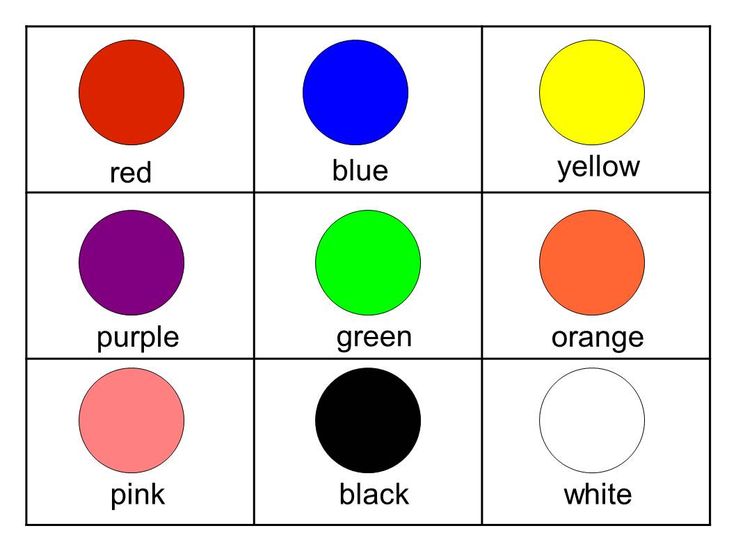 You can talk about the different hues on the pages of any picture book.
You can talk about the different hues on the pages of any picture book.
5) Create A Color Mixing Sensory Activity
When your child uses their senses while they’re learning, they create stronger neural connections, and this helps them better remember the information.
This activity also gives your child a chance to explore colors creatively. It allows them to experiment and see what happens when combining two colors.
What You’ll Need:
- Icing or shaving cream
- Food coloring
- Two small bows
- Toothpick or spatula
- Large zip-top bag and tape, or cookie sheet (The cookie sheet option is more tactile. However, you can opt for the bag if you’re looking for low-mess.)
What To Do:
Start by filling your zip-top bag with icing or shaving cream. Next, choose two colors of food coloring and add each color into the bag. Tape it down to a working surface. Your child will then need to mix the colors with their little fingers.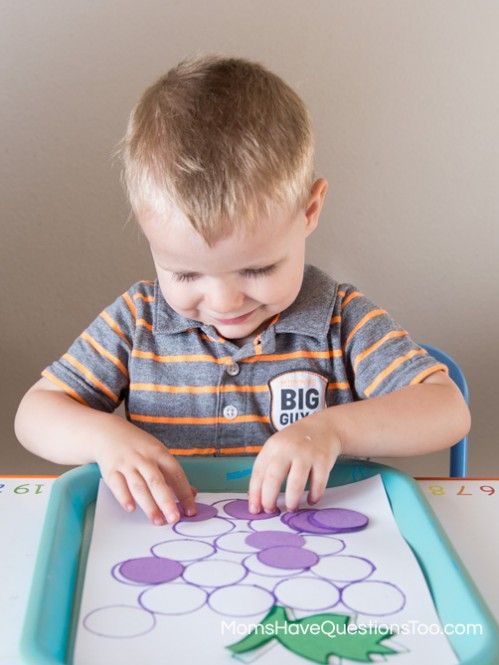
Grab the two small bowls and put icing or shaving cream into them. Add one to three drops of color into the bowl and fold the color into the icing or cream.
You can then scoop the colored icing or cream into the bag or onto the cookie sheet and let your child mix the colors.
This is a fun activity to help children learn that colors are not necessarily stagnant, and mixing them will help produce a different color.
See more details here!
6) Sing Color Songs
Kids love to sing along to fun songs. You can take advantage of this natural love for singing to help your child learn about colors. And the best part is that these silly songs are usually pretty catchy, so your child will likely sing them long after the activity ends.
What You’ll Need:
- A way to play a song for your child to listen to (such as your phone or a computer)
What To Do:
Play a song for your child and start singing the lyrics. Then, repeat it a couple of times to help them learn how it goes.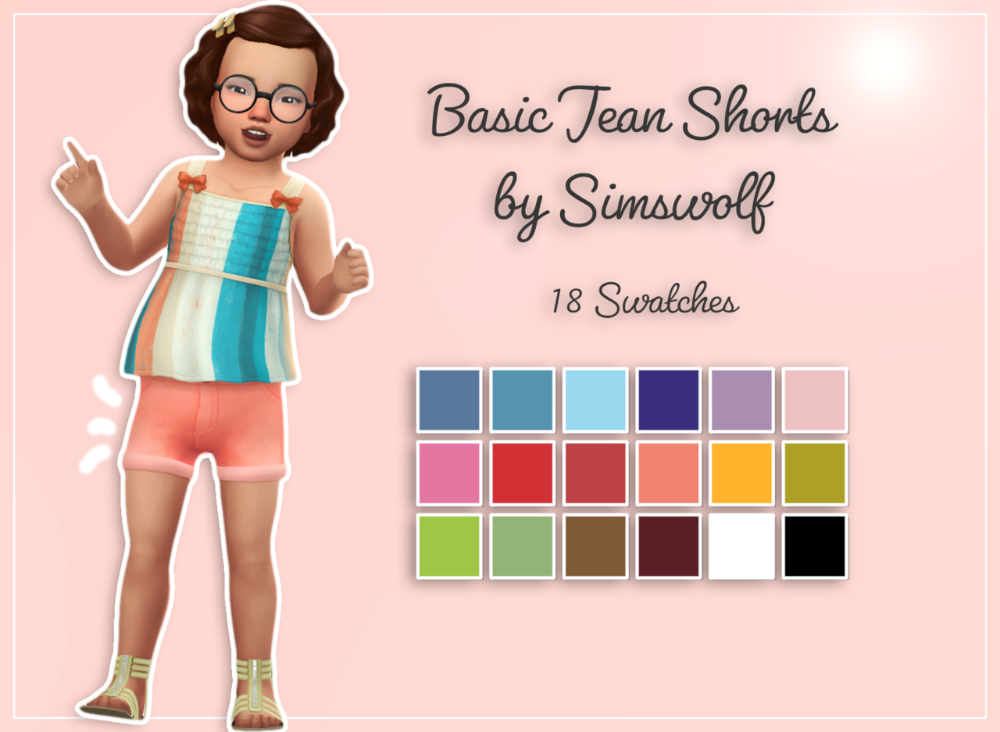
Once they know the words, you can sing the song anywhere to review colors for kids on the go.
Not sure where to start? Check out our fun activity here that helps teach children pantone colors.
You can also sing some of our favorite songs:
- “It’s Not Easy Being Green” by Kermit the Frog
- “The Color Song” by Bryant Oden
- “Colors of Our Clothes” by David Burba and Lisa Campbell
- “Colors All Around” by Jack Hartmann
- “Jenny Jenkins” by Lisa Loeb
- PANTONE Colors: The Song
You can find these songs on YouTube, or search our Learn & Grow app. Happy singing!
7) I Spy Colors For Kids
This classic game is perfect for teaching colors to kids. Since it doesn’t require any materials, you can play it anywhere.
What You’ll Need:
- Nothing!
What To Do:
Look around you at all the different colors. Then, secretly pick out one object that only has one main color. Tell your child, “I spy something (insert color here).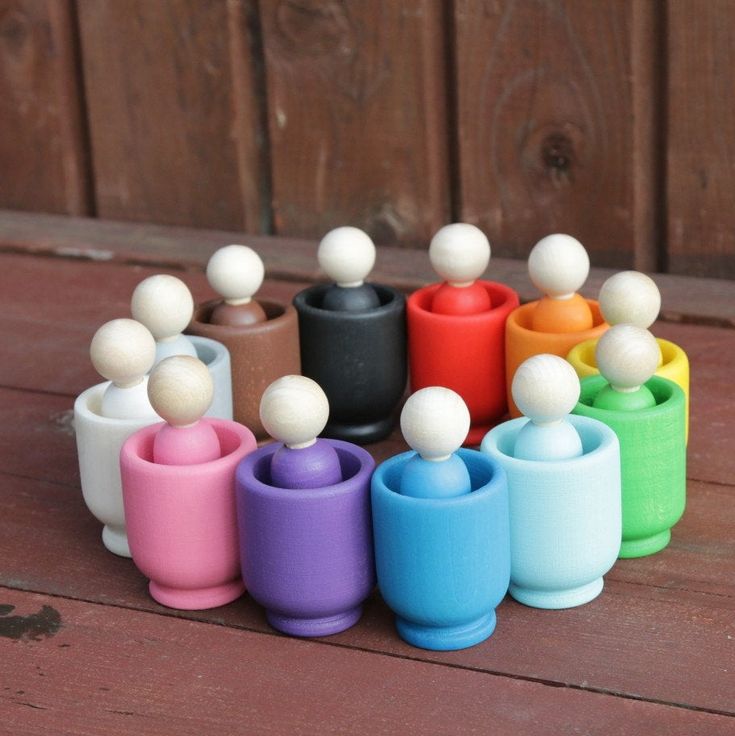 ”
”
For example, you might say, “I spy something blue,” if you’re looking at a blue shirt. If your child correctly guesses the object, then it’s their turn to pick the next thing and give a clue about its color.
8) Tell A Colorful Story
Encourage your child to use the magnets from the HOMER Explore Letters Kit creatively. Have them use the pieces to tell a story and remind them to add some color words to their telling.
What You’ll Need:
- Explore Letters Kit from HOMER
What To Do:
Set up the magnetic story box so it’s ready to go. Go through the magnets and pick out a few that you could use to tell a fun story.
Using the pieces and the magnet backdrop, tell your child a story. As you speak, remember to weave some color words into the tale. For instance, you might say, “The bright pink flamingo decided he wanted to play ball with the brown monkey.”
You’re modeling the activity for your child as you tell a story. When you finish, let them tell a story of their own.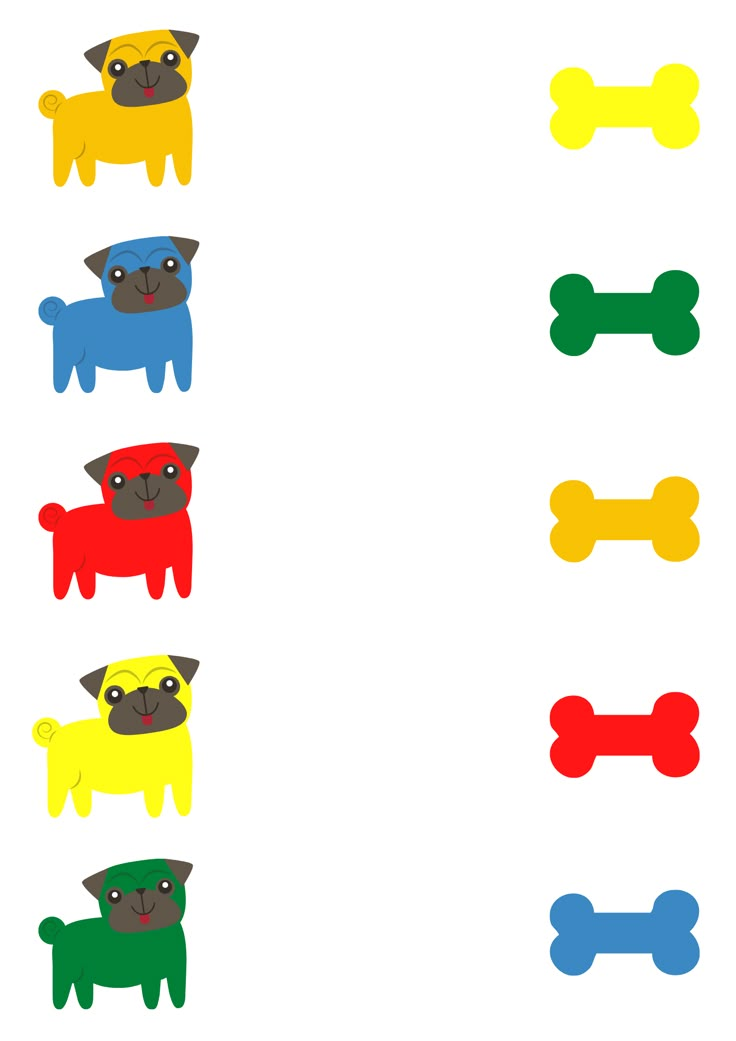 You might notice they simply copy your story at first, and that’s okay.
You might notice they simply copy your story at first, and that’s okay.
Keep playing, and it won’t take long before your child can tell a story all their own.
9) Make A Picture
This activity is perfect for a rainy day. It’s a fun way for creative kids to practice making something with colorful paper strips.
What You’ll Need:
- Construction paper in all sorts of colors
- Scissors
- Glue or tape
- A white sheet of paper
What To Do:
If your child knows scissor safety skills, have them cut the construction paper into strips of different colors. (Otherwise, you cut them.) The strips can all be the same width, or you can mix them up.
Once you have a nice pile of colorful strips, invite your child to glue or tape them onto the white sheet of paper to create a design of their choice. When they are done, talk to them about their colorful picture and have them tell you all about what they created.
Mix things up the next time you do this activity by using circles, squares, or various shapes at once instead of strips.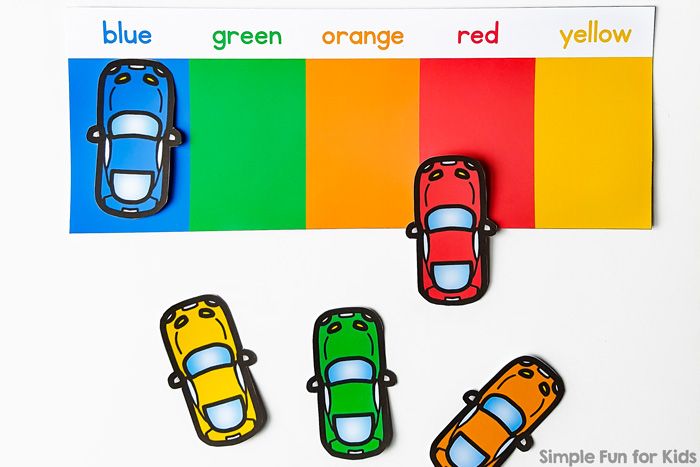
10) Design A Color Scavenger Hunt
This activity is perfect for kids who love to move around. It’s also a great way to review all the different colors they’ve learned.
What You’ll Need:
- A sheet of blank paper
- Colored pencils or crayons
- A pencil or pen
- A basket or bag
What To Do:
Create a scavenger hunt for your child by drawing boxes on a blank sheet of paper with colored pencils or crayons. Fill in each box with the color it represents to make it easy for your child to identify it.
Quickly review the colors with your child. Point to each box on the sheet and have them tell you the color.
Then, challenge them to find an object around the house for each color. Once they find something, have them put it into the basket or bag. Next, show them how to use the pencil or pen to put an X or a check through the color box they found.
Have them continue searching for items until they have a basket or bag full of colorful objects.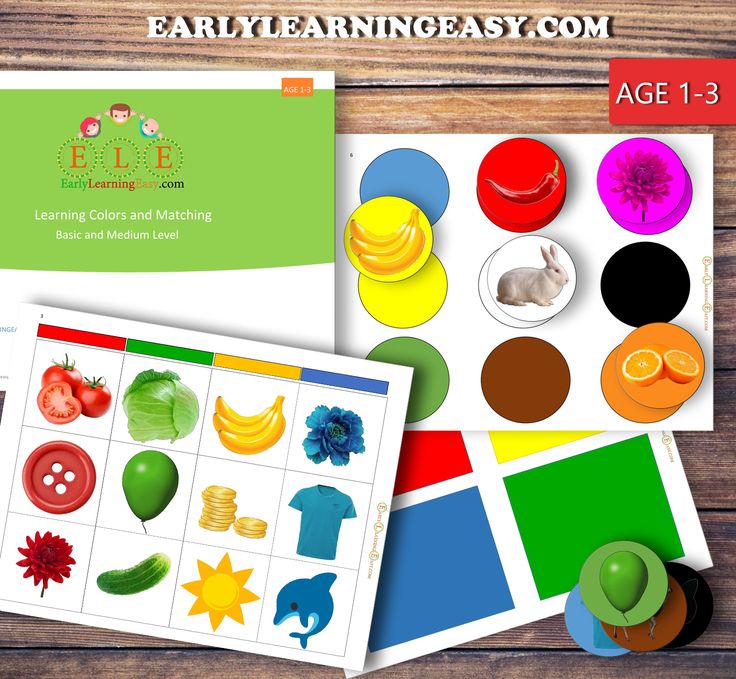 Take time to have them tell you the color of each thing they found.
Take time to have them tell you the color of each thing they found.
Make Every Day A Colorful Day
Colors are all around us, and your child has most likely already noticed these different hues without tagging them with color names. However, colors for kids are an important part of childhood development and math prep.
This is where you come in. Armed with the activities above, you can help make learning about colors fun and exciting.
When teaching colors for kids, remember to start with the primary hues and then gradually introduce more. With patience, your young learner will soon recognize all the colors of the rainbow — and so many more!
For more fun learning activities, check out the Learn & Grow app, powered by HOMER.
Author
How to start teaching colors to a toddler (and make it fun!)
You can teach colors to a toddler using fun activities and games. Colors are one of the first lessons that you can start when trying to get your toddler ready for pre-k.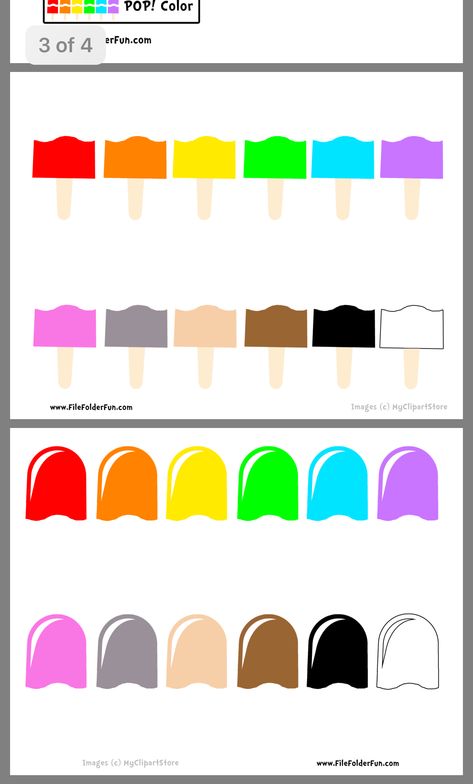 Start with the basic colors and then move up, adding more as your little learner gets more comfortable.
Start with the basic colors and then move up, adding more as your little learner gets more comfortable.
When can children learn colors?
In general, children are developmentally ready to learn colors at one year old. At 18 months, children can differentiate colors. Toddlers can name different colors by the age of 2.5-3 years. Use fun activities to guide your teaching at home.
Even though they won’t be able to tell you the difference between the colors until around 18 months, this doesn’t mean that you can’t start exposing your child to the concept of colors before that 18-month mark.
You should! Some kids learn their colors sooner, and some learn them later. Get started with this guide to teach colors to One Year Olds
Benefits of Learning Colors· Color recognition can boost language skills because learning to identify and describe colors improves the child’s ability to communicate and express themselves
· Learning colors strengthen math skills, helping a child learn how to sort, organize, categorize, and compare.
Early identification of colors helps to create the cognitive link between visual clues and words.
“The ability to identify colors is considered a marker and milestone in a child’s cognitive process and is often part of early screening for the development and educational admittance.”
Follow the learn through play color lesson plan and start teaching your child colors!
Short on time? Jump to it!
Which colors to teach first?Young children typically love bright colors. There are many colors in the rainbow, but first. Start with bright bold primary colors (and green).
- Red
- Yellow
- Blue
- Green
Introduce these colors first through different activities, and let the child understand the concept of primary colors before you introduce other colors.
How to start teach colors to your toddlerBelieve it or not, there is a fun and straightforward process your child’s interest and go as fast or as slow as needed until your child grasps each concept.
Grasping colors is easier if you break it up in a few simple activities.
Create activities around each color. I used to do a full 2-3 weeks or even a month of activities for each color before introducing others. It just made grasping the concept easier once the first primary colors are mastered the rest were easy to learn.
You might like: Weekly lesson plan for color activities: color REDMy son mastered all colors by age 2y3m. I wasn’t in a rush to get him to know them all so fast as my goal was for him to learn them when he reached 3 yrs old that I knew he needed to start learning the alphabet.
Your son/daughter might be faster than Manu or slower and it doesn’t matter the timeline. What is important is that you start exposing them to the colors and keep practicing.
So, let’s start!
Learn Colors through Word GamesThe first step into teaching colors is to identify and label colors. Compare identical objects of different colors to help your child discern between colors.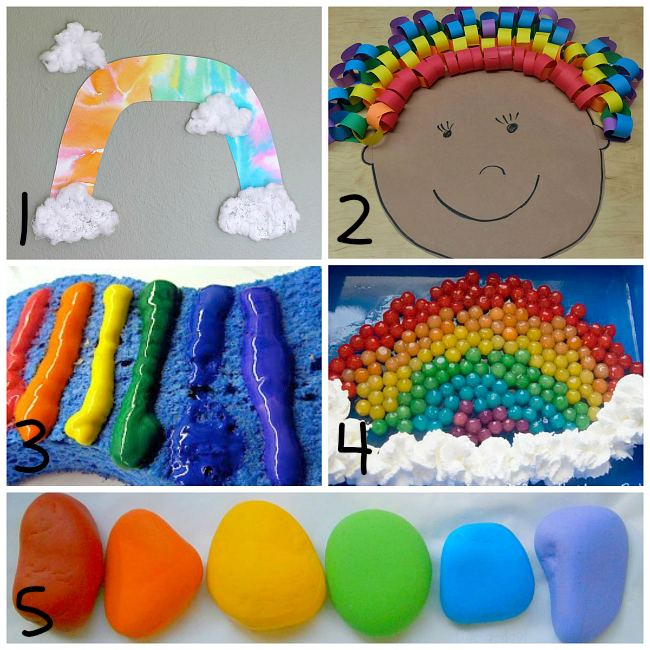
Young children typically attach colors to their objects because the color concept is too abstract for a toddler or a preschooler to comprehend. So, when you use objects to teach your child colors, he will most likely have difficulties to separate the color from its object.
To help children better understand the concept of colors, make sure to use the color words before and after the noun for an object, for example, “This is a green ball; this ball is green.”
Word ActivitiesBalls Activity
- Grab 4 color balls, one for each primary color, and place them inside a basket.
- Place the basket in front of your child and take out one by one.
- “This is a red ball – this ball is red, This is a yellow ball – this ball is yellow, this is a blue ball – this ball is blue”
- Place the balls inside the basket again and let your child take one ball at a time.
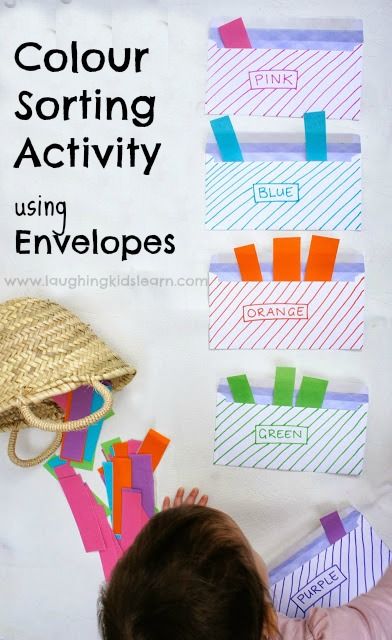 When he/she takes it out, say the color of the ball.
When he/she takes it out, say the color of the ball.
Toss Activity
Another great activity to practice color words is a color toss activity. Create a color sorting board and color toss each ball into the correct color hole.
Research shows that music has a strong influence on a child’s development and learning. Sing to your child songs and rhymes with colors as kids tend to remember rhymes easily. Check YouTube for color songs and rhymes that teach colors and watch them with your toddler.
Check out or favorite color songs for toddlers
Youtube Super Simple songs are very catchy and well done. This blue song is a great one.
I love to sing I can sing a rainbow (YouTube) as we wave color scarfs around. I have been singing that song to my son since he was one and now that he is two, he can sing along with us as he picks the right color scarfs.
Learn Colors through books
Books are a great opportunity to teach colors.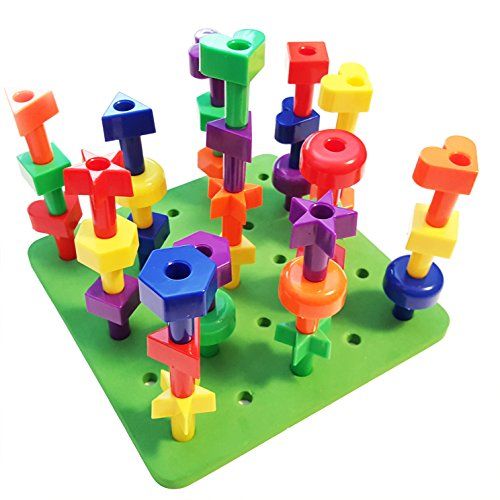 Use books that are all about colors and point colors often while you read.
Use books that are all about colors and point colors often while you read.
A great way to learn colors is to create activities around the book.
Best Books to Learn colors
My Favorite Color Books
- Dog’s Colorful Day
- My favorite color book! I used it for sensory class and we played with edible paint after to make the color spots on the dog.
- What Makes a Rainbow
- A book that has a story for each color with a textured ribbon, as you pass the pages the rainbow forms. I used this book for our Virtual Mommy & Me class for Spring) and we painted a rainbow using homemade watercolor paint.
- Brown Bear, Brown Bear, What Do You See? A classic that is fun to read because it’s an easy rhyme to remember and should be in everyone’s library. Use coloring pages of this book and color each animal.
Top Books to learn colors recommended by Teachers
- Planting a Rainbow (Best price found on Amazon)
- White Rabbit’s Colors by Alan Baker (Best price found on Amazon)
- I Love My White Shoes – Pete The Cat (Best price found on Kidbooks)
- What color is bear’s underwear (Best price found in Amazon)
- The Color Monster (Best price found on Amazon)
- Monster Colors (Early Learning Rhymes) (Best price found on Kidbooks)
Repeat colors each morning when helping your child to dress and get ready for the day.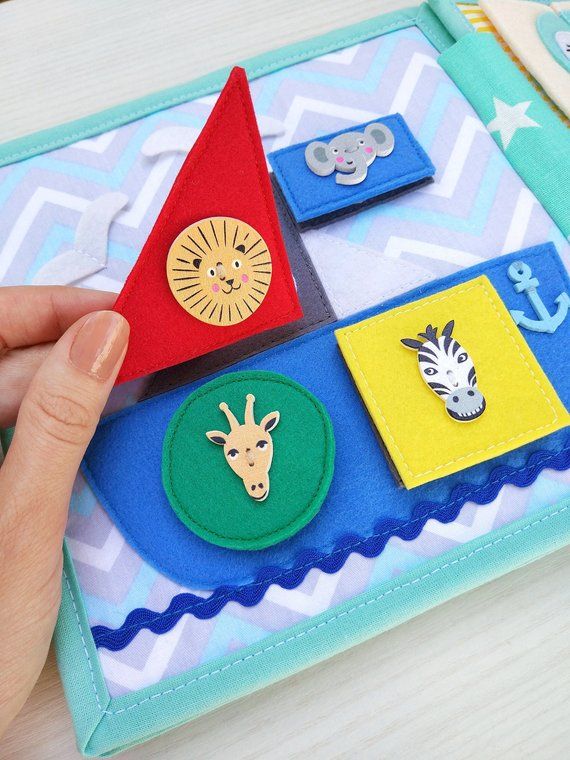 For example, say, “Today you’ll be wearing a blue shirt and yellow pants to daycare.”
For example, say, “Today you’ll be wearing a blue shirt and yellow pants to daycare.”
Allow your child to pick pieces of clothes for him/herself and ask which colors he has choosen.
Repetition throughout the day with different activities will ensure that your child learns the colors easily.
Eat Colorful Meals TogetherInvolve your child in grocery shopping and meal preparation activities. Allow them to choose, touch, and play with raw fruits and vegetables while you’re shopping and preparing food at home.
As you cook and serve food, introduce each food item with their color and say, “This is a green cucumber. This cucumber is green.”
Create opportunities for choices. While showing them each item, allow for them to choose what they want. For example, Ask your toddler “do you want a red apple or a green apple”
Use Nature Walks to learn colorsExploring nature is a wonderful way to teach colors to young children.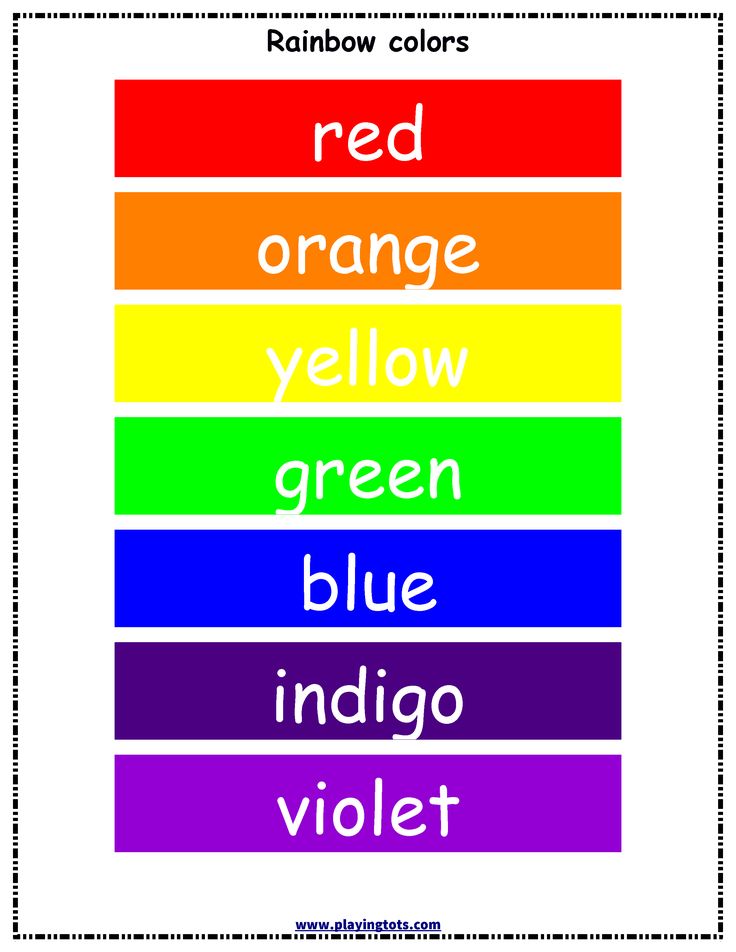 While outside, introduce the colors of flowers, the sky, grass, leaves, birds, butterflies, tree trunks, and so on.
While outside, introduce the colors of flowers, the sky, grass, leaves, birds, butterflies, tree trunks, and so on.
Repeat colors while you and your child are spending time outdoors. Children are naturally curious and interested in nature. They love to observe various things in nature such as flowers, animals, or clouds, and ask many questions.
Observe Colors in Nature Together and go on scavenger hunts together. Collect flowers, sticks and other found items in the colors you are practicing and working on.
You might also like: Tot School Free Color Lesson PlanPlay iSpy
Review each color of the rainbow. Start with the first color and try to search for items that are that color during your walk. You can both participate – do not expect your child to do all the finding. It’s more fun if you both do.
Match Colors in Nature
You can help your child learn colors faster by setting up activities that provide matching opportunities.
Matching colors is a math skill as being the very first lesson to helping a child learn how to sort, organize, categorize, and compare.
Take a color wheel of color flashcards and play a matching activity. Find different color flowers, rocks, mailboxes etc.. and match them to the right color flashcard.
You might have to do all the matching at first, but be patient and repeat the activity often, eventually your child will surprise you and start looking for the flashcard that matches the plants/flowers they collected.
Learn Colors With Invitations to PlayWhile a one-year-old might have trouble verbalizing the name of the color, he/she can still identify each color by matching it and sorting it.
Check this out: Easy Indoor color Activities Use color puzzles to practice colorsA great matching activity are color sorting activities using puzzles. These activities not only teach children colors but also encourage problem-solving skills, cause and effect, math skills, attention and focus, language skills, fine motor skills, hand-eye coordination, and cooperation.
Play with color matching puzzles that can be sorted by colors. Only use the red, yellow, blue, and green pieces first and continue with other color pieces as this skill gets mastered.
Using sorting worksheets sort each color item to its matching pair.
Use color matching printables to practice colorsA great opportunity to work on matching colors is through worksheets. This allows your toddler to match the exact same color and item for a true matching exercise. You can use your toddler’s interest to make the activity more interested.
If your toddler loves sharks like mine does, the shark worksheet is awesome! Does he/she love cars, trucks and other transportation equipment? Then follow their lead.
When playing the matching game, always verbalize the color that your child is holding. If they are holding the yellow shark and are ready to match it with the yellow, say “yellow shark good job, that is the yellow shark, yellow and yellow” (as you point to teach shark)
Learn Colors Through Sorting ActivitiesIf matching has become too easy, then color sorting is the next level up in learning colors.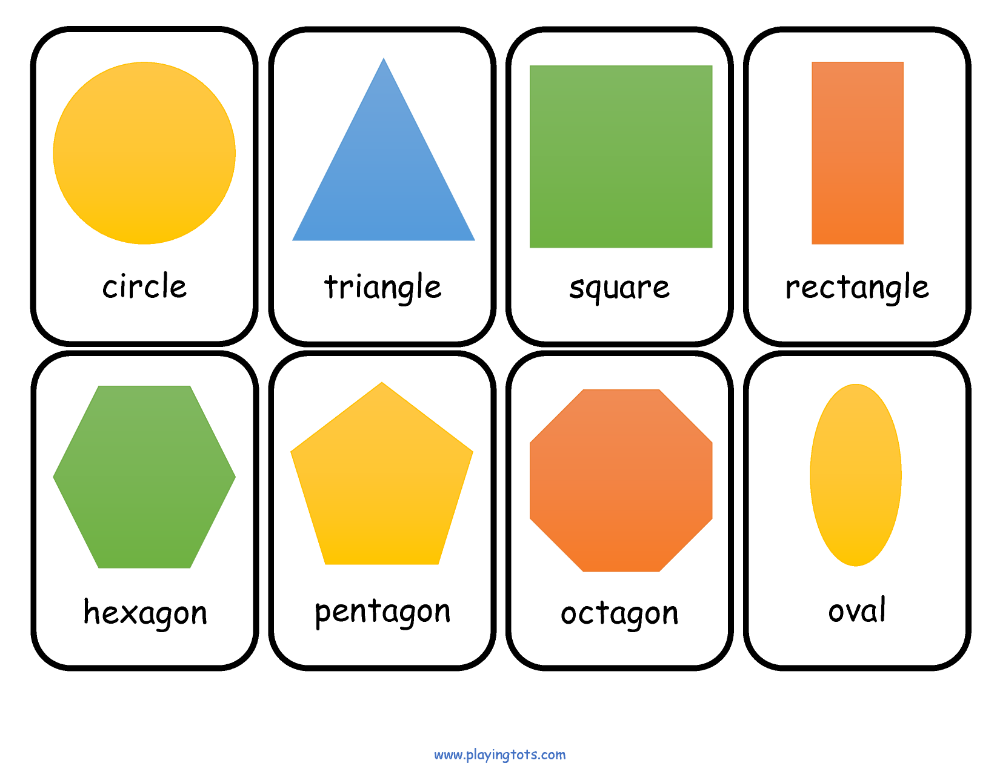
Provide a set of activities where you toddler can sort items by colors. Have a cup of each color and a few toys in a basket or tray and allow your toddler to put like -with-like.
This activity is also a great activity to practice fine motor skills as they learn.
You can get super creative setting up activities and sensory bins to work on sorting. Get the lesson plan book for a full list of ideas.
View this post on Instagram
A post shared by 🎨Alexa 🎨 (@kidactivitieswithalexa) on
Parent tip: During sorting activities, ask your child “can you show me blue?” and allow him/her to point at the colors. Repeat with the rest of the colors.
If they point out the wrong color, say “That is red. Can you show me blue”
Can you show me blue”
If they continue to show you the wrong color, stop asking and just continue to play the matching and sorting activities and verbalize the colors you are playing and touching as much as you can to continue the name association.
Use Coloring Pages to Practice Colors
Provide coloring pages with black-and-white illustrations that are associated with that color. For example a yellow sun, a red apple, etc. Ask your child to use crayons, markers, or colored pens.
Learn Colors through Art ActivitiesI love to take full weeks and focus on just one color. This means we would go on nature hunts to search for things that are that color, we will dress in clothing that has the selected color, we would include the color during snack time and we would do tons of activities related to that color.
I love art, and even though at one and two years old, art is just process art and it’s job is to explore materials I love to involve paint activities and all types of art supplies to our learning week.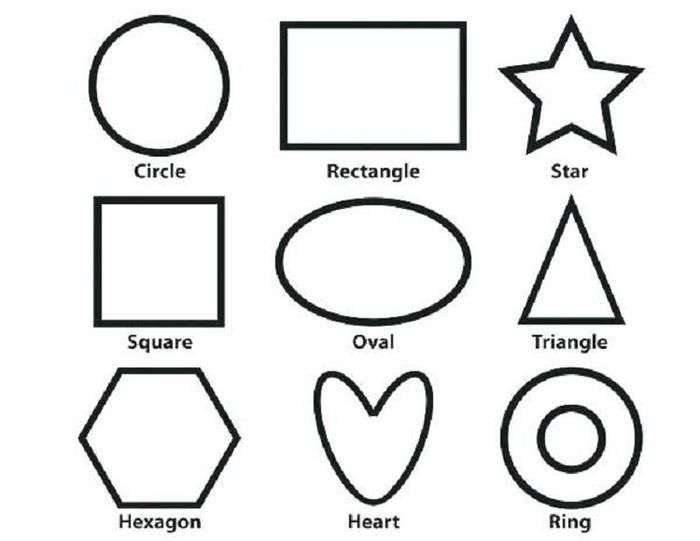
Children are naturally curious and love to experiment with colors, materials, and textures. Make sure to provide safe, non-toxic art supplies such as markers, crayons, colored pencils, and brushes and encourage your child to draw and paint. Art activities not only teach colors but promote fine motor skills development, boost cognitive abilities, creativity, and imagination.
Different types of painting and a variety of coloring supplies like chalk, markers, or finger painting, will spur your child’s interest and spark their creativity.
When doing art, always name the color of the crayon or marker that you’re working with and encourage him/her to repeat it. Engage finger painting not only to teach your child colors but to enhance creativity and sensory skills as well.
Parent tip: If your toddler can match the colors correctly, can sort colors to its own, and can point to the correct color when asked, then you can now point to a color and ask “what is this color” and allow your toddler to correctly identify it.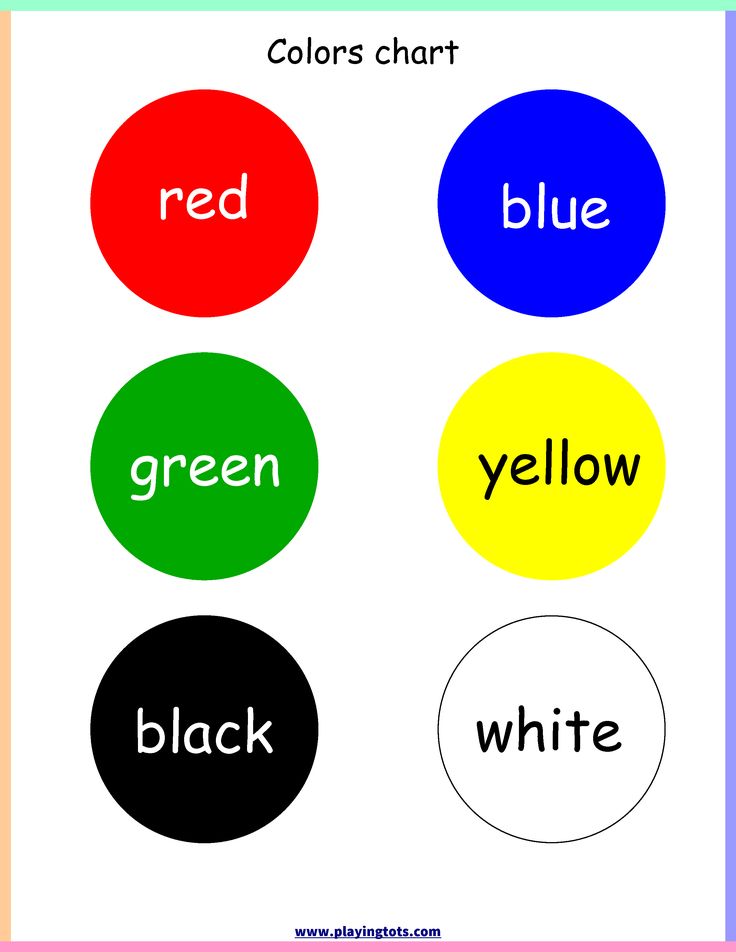
Offer playdough and other brightly colored craft and sensory materials such as squeeze bottles, pom-poms, water beads, kinetic sand, stickers, etc to create craft projects to practice each color.
Introducing Secondary ColorsOnce your toddler masters primary colors a fun activity to introduce new ones is with a mixing paint activity using washable paint.
- Tape paper to table so pre-toddler doesn’t pick it up and makes a paint disaster
- Choose two primary color paint (I used @crayola finger paint)
- Place a few dabs of your first paint on the left side of the paper
- Place paint #2 on the right side -let pre-toddler spread the paint and be amazed at the new color created
- Clean up messy hands when done
- Hang art project proudly
Last thoughts on learning colors
These activities are fun ways to teach colors to your toddler. Start with matching, then sorting, as you practice pointing and naming them.
Remember to start with just a few colors, (primary color are best) and then move on to others until you complete the rainbow.
Throughout all of the activities look for opportunities to teach children color recognition but also encourage them to practice fine motor skills, hand-eye coordination. All of the activities above work on helping improve their language development, and boost creativity and imagination, therefore nurturing all aspects of your child’s development.
teaching colors to a toddler with Pre-made Color Lesson Activities
Sometimes is easier when you have a complete package with all the lesson plan, activity ideas, printables, art projects etc. Start learning the colors at home.
I created the Play & Learn Color Bundle so you can start implementing all of these ideas at home
teaching colors to a toddler with the Color bundle:
- Quick & Easy Activities
- Coloring Pages
- Matching Activities
- and more…
Learning colors with a child 2-3 years old.
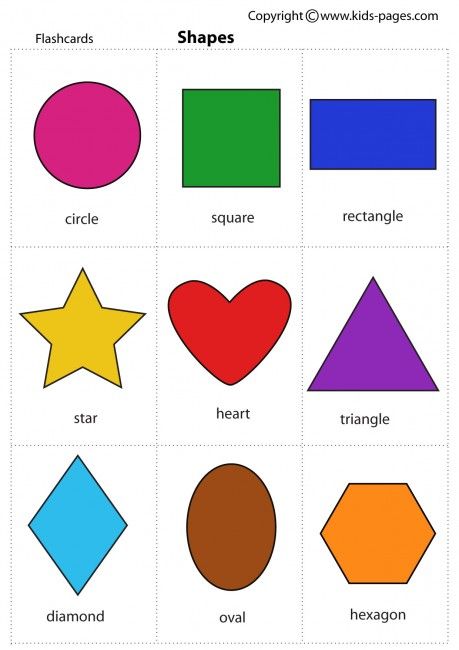 Cards, tasks, poems.
Cards, tasks, poems. In this section you will find guides and cards for learning colors with your baby from the age of two.
Color Poems with Pictures
Learning Colors Puzzle Cards
Print the puzzles, cut into 4 parts. Invite your child to assemble puzzles to make a rectangle of the same color.
Illustrative cards "Learn to mix colors"
First acquaintance with color
First of all, the child must remember the primary colors: red, yellow, blue and green. It is necessary to teach the baby to distinguish colors consistently and gradually.
Red
Find red items
Look at the pictures with your child. Name them. Slowly find red items in the pictures. Then, together with the child, look for red objects around: at home, on the street. And only when the baby will clearly find and name objects of red color, you can move on to yellow.
Yellow
Learning to distinguish between red and yellow
Ask the child to show an object of a certain color in the pictures, for example: - Show a red pencil. Now show the yellow pencil, etc. Explain to the baby why the chicken is drawn only in yellow.
Now show the yellow pencil, etc. Explain to the baby why the chicken is drawn only in yellow.
Green color
Find what's green. Choose what's yellow." Offer your child a more difficult version of the game. Pointing to the picture, ask: “What tomato? What is a pear? ”, Encouraging the child to pronounce the names of flowers.
Blue
Learning to distinguish between green and blue
Find everything green.
Learning to distinguish red, yellow, green and blue colors
Ask the child: “Show me and name what is red. What is blue? What's green? What is yellow? Tell me what color the cube is. What color is the scoop?
Arrange in boxes
Look at the pictures with your baby. Ask to find red, green, blue and yellow boxes.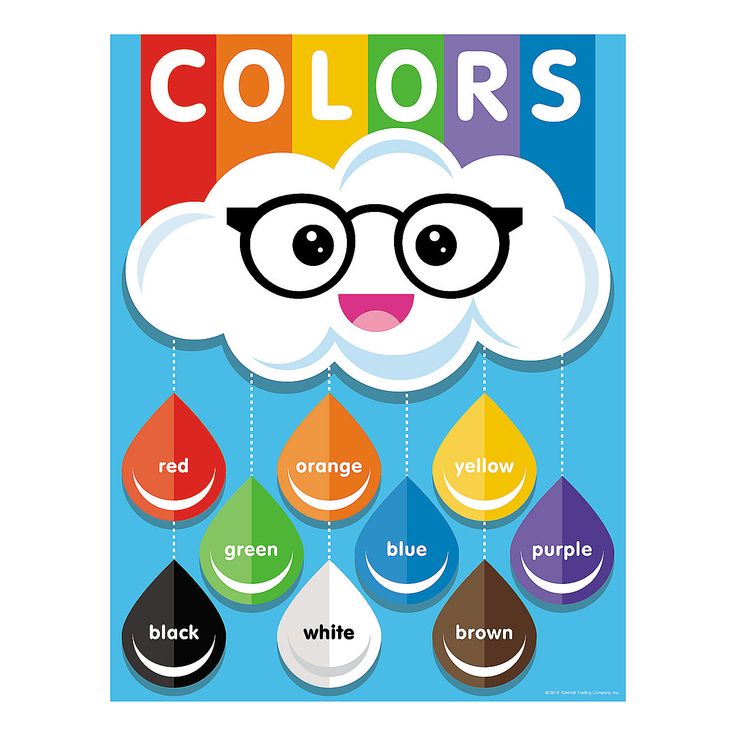 Draw the child's attention to the objects in the frame. They need to be put away. Ask the kid: “Where do you think we will put the bow?” If the child shows correctly (red bow in a red box), take a pencil and connect the bow and box together with a line. If the task causes difficulty, show the baby a bow and ask: “Where is the same box?”
Draw the child's attention to the objects in the frame. They need to be put away. Ask the kid: “Where do you think we will put the bow?” If the child shows correctly (red bow in a red box), take a pencil and connect the bow and box together with a line. If the task causes difficulty, show the baby a bow and ask: “Where is the same box?”
Match the dolls with clothes
Say to the child: “Let's help the dolls get dressed”. Draw the baby's attention to the doll with the red bow and ask: "What coat do you think this doll will wear?" Connect the doll and coat of the corresponding color with a pencil. Thus, "put on" coats, boots and hats for all dolls.
❤️ 24
🔥 9
😁 4
9000 2 😢0003👎
🥱
Please rate the material.
Rating: 5 / 5. Number of ratings: 144
Help make the materials on the site better for the user!
Write the reason for the low rating.
Thank you for your feedback!
If you liked it, please share with your friends.
Viewed 4381 times
Learning colors: how to teach a child to distinguish colors and shades
It is generally accepted that by the age of three, a child should learn to distinguish between primary colors. This skill is an important part of sensory development, it gives the child the opportunity to see the world in a new way. Often, if the baby does not know or confuse colors, parents have concerns about the pace of development of the child. Do I need to worry if the study of colors is not easy for a child? How to teach a child to distinguish colors? You will find answers to these questions in our article.
At what age does a child begin to see colors?
Studies have shown that children begin to perceive colors by 2-3 months. The first colors a child sees are yellow, orange, red, green. At this age, babies can already react differently to their toys of different colors (for example, a red rattle can please a child more than a blue one), look at bright pictures with enthusiasm. The baby's world quickly acquires colors, but if we talk about the ability to consciously find an object of the right color, then usually it appears in children at the age of one and a half. It is at this age that it is optimal to start learning colors in a playful way. You can voice the names of flowers to a child for up to a year, this will only benefit him. But do not demand too much from the baby, remember that his brain is actively developing, and as soon as the time comes, you will certainly see the results.
The baby's world quickly acquires colors, but if we talk about the ability to consciously find an object of the right color, then usually it appears in children at the age of one and a half. It is at this age that it is optimal to start learning colors in a playful way. You can voice the names of flowers to a child for up to a year, this will only benefit him. But do not demand too much from the baby, remember that his brain is actively developing, and as soon as the time comes, you will certainly see the results.
To see if your child is ready to learn colors by playing with building blocks, ask your child to point to a part that is the same color as yours. If the baby can find objects of the same color, then he is quite ready to memorize the names of colors.
Learning colors in everyday life
Children get most of their knowledge about the world in everyday life: communicating with adults and peers, observing nature, playing.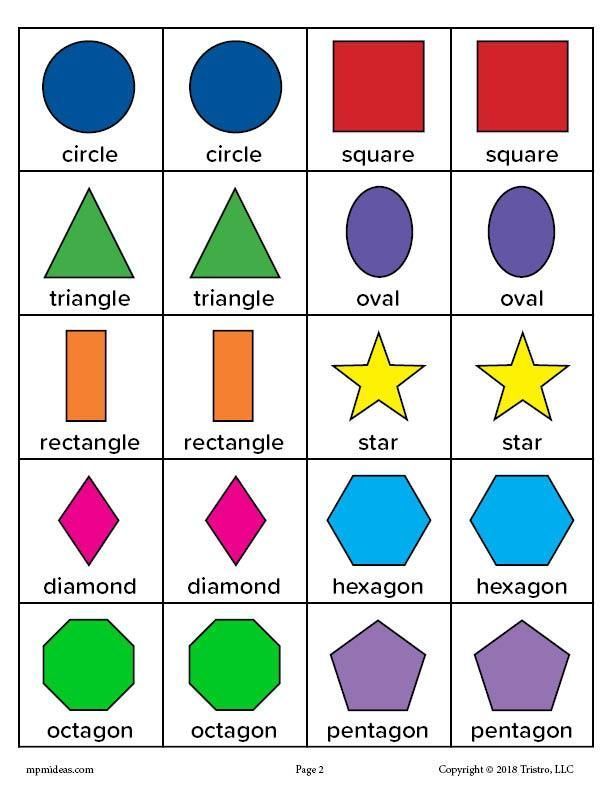 The study of flowers is no exception. Sometimes a child does not need to do special exercises to learn to recognize colors. For this, it is enough that he hears the name of the color and associates it with a specific thing. During daily activities, voice for the child what color the objects are around. Whether you are drawing, playing with blocks, looking at cars in the yard, reading, swimming, eating, dressing - in each of these situations, you can gently teach your child to distinguish colors.
The study of flowers is no exception. Sometimes a child does not need to do special exercises to learn to recognize colors. For this, it is enough that he hears the name of the color and associates it with a specific thing. During daily activities, voice for the child what color the objects are around. Whether you are drawing, playing with blocks, looking at cars in the yard, reading, swimming, eating, dressing - in each of these situations, you can gently teach your child to distinguish colors.
It is important that the study of colors does not turn into torture. You should not constantly test the child's knowledge by asking him which color is which. Soon the baby may just start to ignore you. “Let's paint the sun yellow!”, “What a delicious green cucumber!”, “Oh, where did the blue cube go? Here he is!" are examples of how you can gently help your child remember colors.
Games for learning colors and their shades
In order to get your baby interested in learning colors or to reinforce the knowledge they already have, you can invite your child to play special "color" games.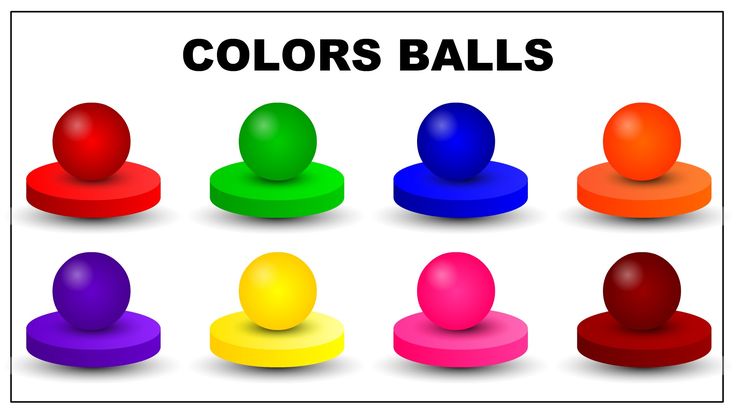
Color Sorting
Sorting games are designed to help children learn to classify objects into color groups. Any materials at hand can be items for sorting: toys, covers, designer parts, cubes, buttons, cereals, pencils, etc. You can organize the game in various ways:
You can come up with as many options for sorting by color, it all depends on your imagination. So that the child does not lose interest in the task, connect the plot of the game with his favorite characters, toys (for example, a cat will eat from a yellow bowl, and a baby elephant from a red one, etc.).
Match a Pair
To help your child learn colors, you can use tasks from the Match a Pair series. Ask your child to find a petal for a bug, a pot for a flower, a roof for a house, etc. You can present the baby with a deliberately wrong option and ask to correct the mistakes.
Pick up a patch
Show the child the picture with the missing details. Ask him to fill in the gaps (this can be done with plasticine, pom-poms, caps, cards, etc.).
Color Lotto
At the age of about one year, children begin to be interested in various lottos. In the color lotto, the task is to collect pictures of the same color on the card.
Colored Sensory Boxes
Create a sensory box for your baby where everything is the same color. During the game, the child will be able not only to remember the color that he sees, but also to develop fine motor skills, tactile sensitivity, thinking, and imagination.
Color days
This is one of the most interesting and popular ways to teach your child to distinguish colors. Its essence is that during the day (or several days) you draw the child's attention to objects of a certain color. For example, on a yellow day, you can dress in yellow clothes, play with yellow toys, draw a yellow chicken.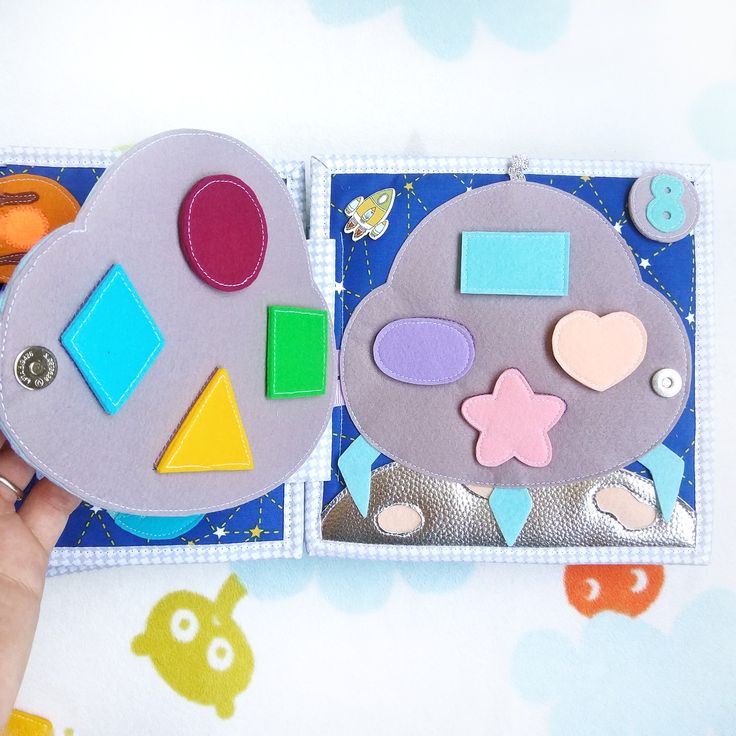 Surrounded by one color, the baby will easily remember it.
Surrounded by one color, the baby will easily remember it.
Color cards
You can learn colors with your child using cards. With the help of Doman's "Colors" cards, you can introduce your baby not only to the main colors, but also to different shades. It is important not to overload the child with unnecessary information about the names of 10 shades of green or red. Learn only those shades whose names you can use in the game and life.
Board games for learning colors
Board games are a great way to learn about colors and consolidate knowledge about them. Currently, the stores offer a wide range of similar games for every taste and budget. Choose a game that suits your child.
Educational cartoons
There are many educational cartoons on the Internet that will help your child learn colors quickly. Here is one of them:
Educational books
If your little one loves to listen to stories and look at pictures, this is the way for you.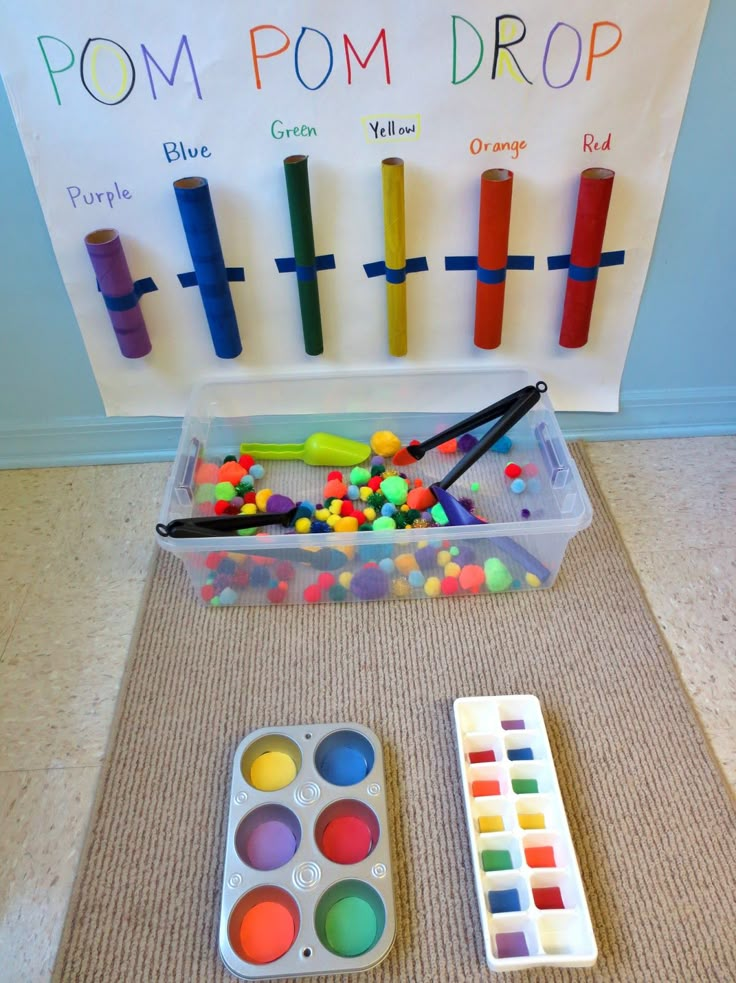 We all remember the wonderful story of V.G. Suteev "Rooster and paints", by S.Ya. Marshak has a whole “Colorful book”. You can also find many educational books that will become your faithful assistants.
We all remember the wonderful story of V.G. Suteev "Rooster and paints", by S.Ya. Marshak has a whole “Colorful book”. You can also find many educational books that will become your faithful assistants.
Conclusions
We have listed for you different color learning games. In order for a child to master the concept of color well, it is worth adhering to a number of principles: do not rush the baby, provide a variety of material for games, discuss what you see.
Conclusion
You can start studying colors from an early age, the main thing is that it is interesting for the child. It is impossible to specify clear age limits when a child should learn primary colors. This process, like all development, is individual for each baby. The Sozvezdie Development Center has created a Montessori environment for kids, aimed at the comprehensive development of the child. In the classes "Together with Mom" children in a playful way get acquainted with the concepts of color, shape and size, do thematic creative work.